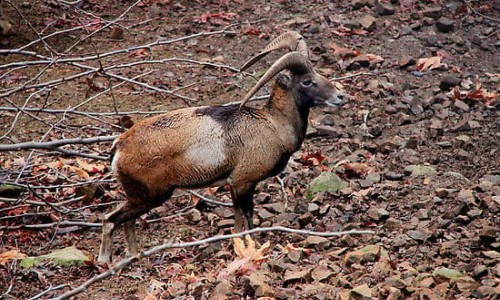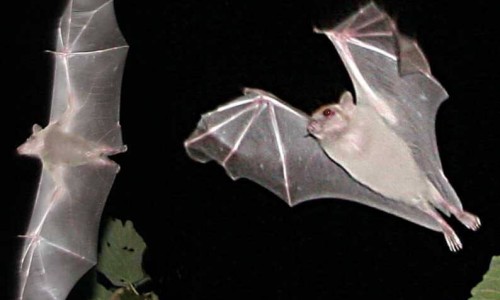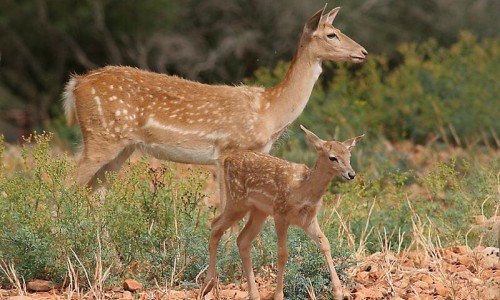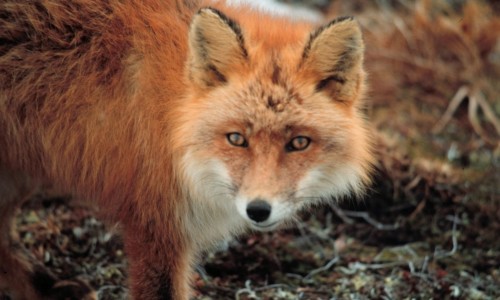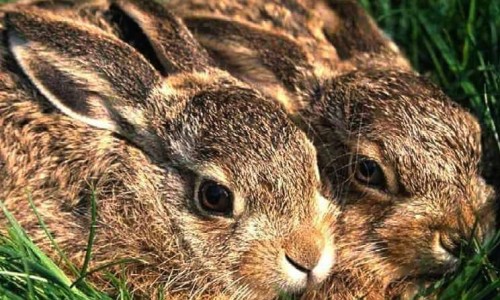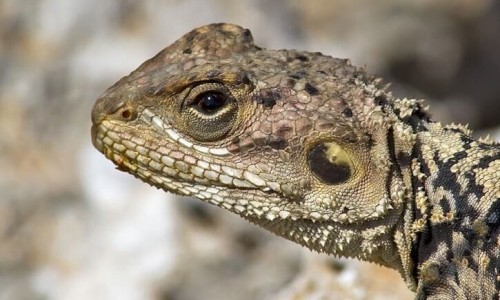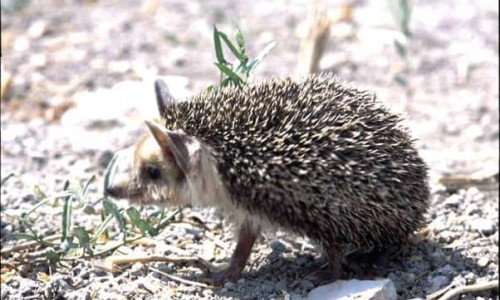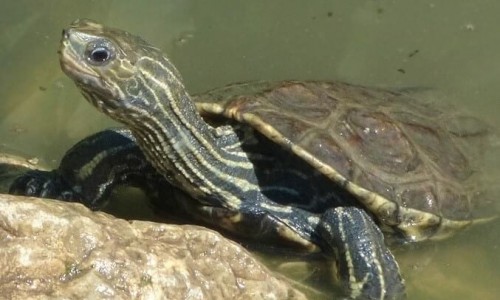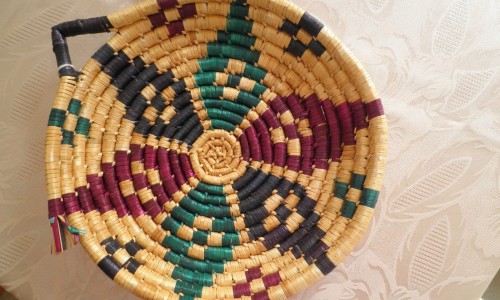Cyprus fauna
With the expression of fauna we mean the total of animal organisms in an area, such as mammals, birds, amphibians, insects, fish, different microorganisms and other species which are the subject of study in Zoology.
The natural treasure of our Cyprus, the fauna and flora are the result of the evolution of species in time, under the effect of specific weather conditions the neighbouring with three continents (Europe, Asia, Africa), the long-term isolation as an island and the human effect. The variety of places with specific microclimatic and typographical characteristics, the variety of territorial and geological substrates and the variety of forest and geological vegetations, in our country contribute to the creation of a marvellous variety of habitats which satisfy the demands of the numerous species in the animal kingdom.
Until today, 30 mammal species, 25 amphibian and reptile species, 370 bird species, 250 fish species and about 6000 insect species have been reported in Cyprus.
Mammals
From the archaeological remains, we can conclude that in the ancient times many mammals such as elephants and hippopotamuses lived in Cyprus. Due to the lack of water, food and enemies, these animals transformed into pygmies and adapted to the specific environment of the island. With the first human migration in Cyprus, 8-10 thousand years ago they disappeared, obviously because of the intense hunting which brought the animals into a difficult position in addition to the limited extent of the island. The skeletons of the pygmy elephants and hippopotamuses were recently found in caves at the Akrotiri in the area of “Aetokremos”.
During the Neolithic and Chalcolithic ages, new mammals appeared such as the Mesopotamian deer (Dama dama mesopotamica), the European deer (Dama dama) the common deer (Cervus elaphus), the ferret (Mustela nivalis), the wildcat (Felis Silvestris), the fox (Vulpes vulpes), the mufflon (Ovis gmelini ophion), the hare (Lepus europaeus) and other mice species. Some of these were transferred as domestic animals by the first settlers. Many of these escaped and lived in the wild, but it seems that many were hunted or disappeared, and only a few managed to survive and maintain until today.
- The deer (Dama dama mesopotamica)
- The mufflon (Ovis gmelini ophion)
- The fox (Vulpes vulpes indutus)
- The hare (Lepus europaeus cyprius)
- The porcupine (Hemiechinus auritus dorotheae)
- The bat
Birds of Cyprus
The geographic position of Cyprus makes it one of the most important migration habitats. International organisations which deal with bird life consider Cyprus to be one of the greatest areas of biological variety for birds all over the world and unique in the area of Europe for endemic birds. The birds which have been reported in Cyprus until today come to 370 species. Out of these, 53 are permanent residents and the other 317 are migrative. Out of the migrative birds, 237 are usual visitors while the other 80 are rare or very rare visitors.
The number of visitors especially in the winter, varies from year to year and depends on the climatological changes in North and Eastern Europe as well as the rainfall in Cyprus. The total number of birds which have reproduced even once is 114. Six of these birds which live permanently in Cyprus are the following:
- Triporiasis (Sylvia melanthorax)
- Skalifourta (Oenanthe cypriaca)
- Dendrovatis (Certhia brachydactyla dorotheae)
- Kissa (Garrulus glandarius glaszneri)
- Thoupi (Otus scops cyprius)
- Pembetsos (Parus ater Cypriotes)
Migration is a phenomenon which is repeated around the same period every year. The weather conditions in Autumn and Spring are characterised by mild winds, excellent visibility and minimum clouds which helps the birds during their migration from Europe towards the heart of the African Continent and vice versa.
Cyprus reptiles and Amphibians
About 22 reptile species and 3 amphibian species decorate the Cypriot habitats, each one with its own presence and grace. The reptiles include 3 turtle species, 11 lizard species out of which 4 are endemic. There are three out of the eight snakes which are poisonous.
Amphibians
Within the amphibians, 3 frog species are included:
- The Dendrovias frog (Hyla savignyi)
- The Voltovias frog (Rana ridibunda)
- The Iridizan frog (Bufo viridis)
Cyprus turtles
Within the turtles, there are 2 sea turtles which visit the sandy beaches of the island to lay their eggs:
- Green (Chelonia mydas)
- Common ( Caretta caretta)
- Sweet water turtle (Mauremis caspica rivulata)
Cyprus lizards
- Vizastra (Eumeces schreideri) is a fast moving creature with a length of 30-40cm and is the most rare lizards species in Cyprus.
- The Kourkoutas (Laudakia stellio cypriaca)
Cyprus insects
In concern to the study of the rich world of insects in Cyprus, emphasis has been placed on species which have economic important for Agriculture, humans and pets. According to the existing information, the number of insects in Cyprus is estimated to be 6000 species. The queens of all insects are the butterflies, which belong to the class of depidopterous. They are especially loved, symbols of life and beauty, they gather the interest of researches. There are 52 types of butterflies in Cyprus, 9 of which are endemic.


